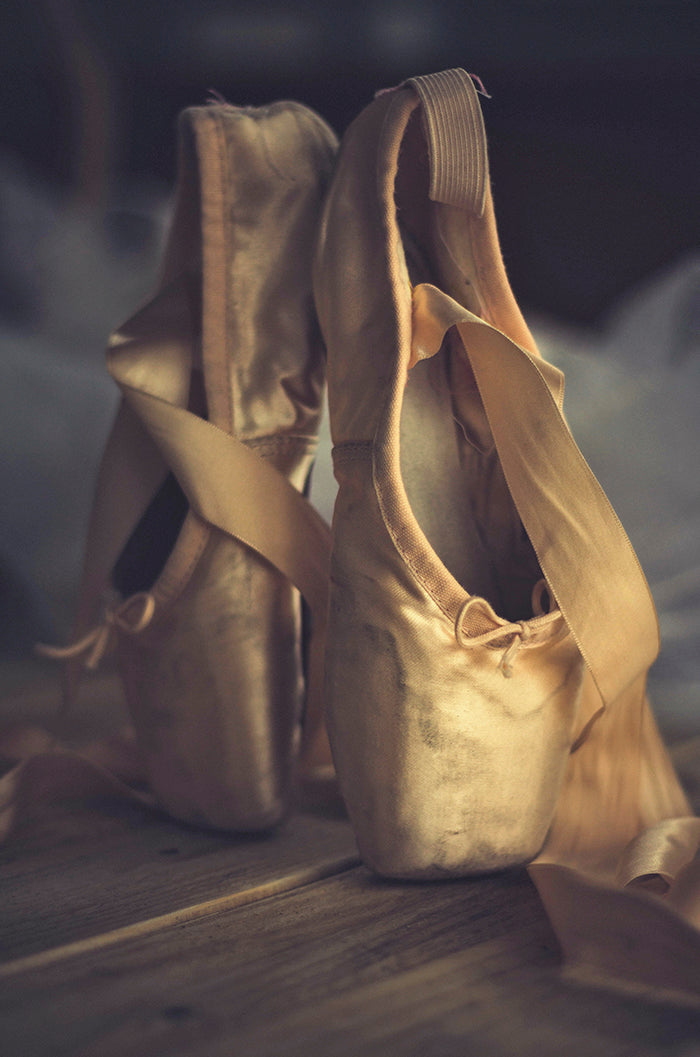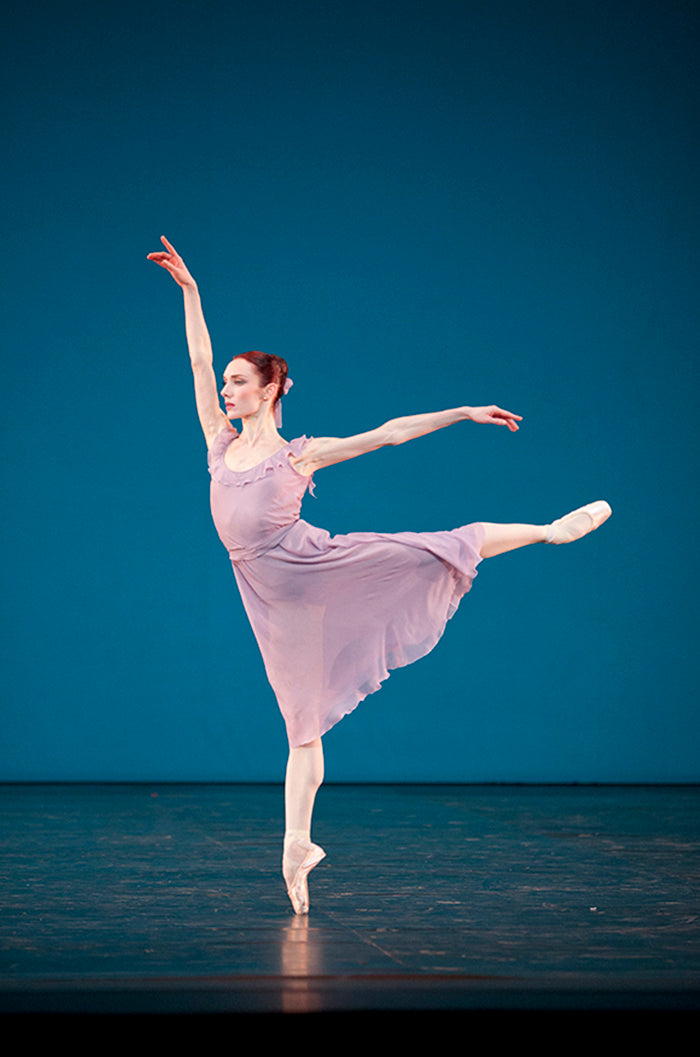Your Cart is Empty
The world that we know it is forever changing and adapting, new words slip into our vocabulary, new technology is being trialled and released everyday therefore it would be naïve of us to believe that ballet would not be another thing to adapt and change in the modern world. There is no doubt about it that ballet has changed since it first made its appearance in around the 1500’s. But, today we’re looking at how ballet has changed. More specifically, how ballet has changed over the years looking from 50 years ago and now.
We may already be familiar with the different periods of ballet, but we just wanted to touch base on how ballet has changed over the years throughout the different periods to give a base knowledge for those who aren’t familiar, or for those who might want to refresh themselves. Here’s how ballet has changed over the years:
It was during The Renaissance Period that ballet was first created. The very first endorsed ballet was that of “Le Ballet Comique de la Reine” which was performed to the court of Catherine de Medicini on October 15, 1581. The ballet was extravagant, expensive and enduring. Lasting over five hours, plus the King and Queen participated in the performance too.
It was a time of heavy costumes and extravagant jewellery. The works were construed of small jumps, curtsies and slow turns.
What do we have from the Renaissance Period that has survived how ballet has changed over time? The establishment of the five basic foot positions. Those core foot positions that we learn to perfect at such a young age were used in the same way back then.
It’s the time when ballet began to tell a story. Many changes happened for ballet in this time, court rooms for performances got bigger, they were more lavish, and the stage was raised for the addition of pyrotechnic displays.
However, one major shift in the Baroque Period was the addition of the very first female ballerina, Marie Camargo. The other major shift, also revolved around Marie Camargo, was the alteration of the costumes. She shortened the skirts. It was in this time when jumps began to appear in ballet, like how we see them today. It was also during the Baroque Period when Peter the Great brought ballet to Russia in the early 1700’s.
Ballerinas began to express their movements and facial expressions to help tell the story. It was during this time that Moscow and St. Petersburg became important cogs in the ballet machine.
In the very early 1800’s, just before the Romantic Period was the addition of pointe work. It was during the Pre-Romantic Period that Marie Taglioni was credited the first ever ballerina to dance en pointe.

The age of refinement and elegance for ballet. Women began to dominate the main roles due to the addition of pointe work and the birth of the beloved tutu. The roles were usually played by a romantic heroine who would glide and twirl across the stage like a delicate fairy. It was the time when good prevailed evil and ballet was truly at its whimsical era.
Which brings us to modern day. There seemingly haven’t been major changes and shifts in ballet during the recent 50 years, though through idealisms changing and culture changes, there has been a case of rediscovery. Ballet has changed over the past 50 years, but to say it’s been revolutionary would be a lie. There has been an element of change and building upon it, so, let’s delve further.
For such a delicate art form, ballet is impulsive. We tend to think that certain kinds of art forms, specifically those in an opera house, are resistant to change. We tend to believe that an old age view is nothing short of comforting and inspirational, but, the problem is that for many, the old age views of those like Sleeping Beauty can leave audiences in the 21st century feeling somewhat indifferent.
Stepping into the 21st century, women are taking a more can-do attitude. With the rise of feminism and women taking a stand, it’s no surprise that ballet has made changes to keep up to date and relevant. Classical ballet and culture changes go hand in hand. Traditionalists may ask how can classical ballet modernise and survive whilst remaining true to classism and tradition? Ballet has to adapt with the times and the changing culture.
That was not the first-time ballet had been manipulated by culture changes. The social revolution of the sixties shifted dance along with everything else in its war path. The rules of personal behaviour and ideologies relaxed and couple dancing brought physical intimacy. It was a time of freedom. Through this, Ashton added a solo to Swan Lake which was based on the twist of the sixties. But, no doubt about it, ballet was struggling to keep up. Ballroom dancing slipped out of fashion and it was hard to implement the sixties fashion into the discipline, when seemingly, there was no discipline.
Then emerged Forsythe, the acclaimed American choreographer, in the eighties. He criticised ballet and he took it apart piece by piece. Famous for “In the Middle, Somewhat Elevated” in 1987, he changed the face of dance. By manipulating ballet moves, he created an electric performance. He manipulated the traditional ballet story inside out and effectively contributed to a major shift in ballet as we know it. He moved closer to contemporary dance and conceptual art. Prior to Forsythe, choreographers had the choice between embracing a post-modern style or risking looking outdated. He stepped outside of the art box.
It is an exciting time for ballet. It is a time of new works and new artists and new ideas. Back in the early nineties, after the passing of George Balanchine, Leonide Massine and Jerome Robbins in the eighties, it seemed that it was a bleak and hopeless time for ballet. There were no real giants to take over to create works and visions for ballet. Fewer works were being commissioned and the works that were commissioned were hit and miss. It seemed that ballet may well be coming to a natural end. The nineties were a sad time for the arts. Not now. Now, we’re moving forward.
Going back to the Nineties, the dreariness was visible. It was noticeable, and it was, to be frank, suffering. Choreographers were leaving the discipline to find more consistent work elsewhere and it seemed to be spiralling. Ballet companies were forced to seek contemporary choreographers for their works, the differences between the two disciplines became less fluid, but the problem was, ballet was taking from contemporary and shifting closer and closer to contemporary. It was a one-way deal.
I distinctly remember the nineties being one that caused confusion among the dancing world. The addition of soft musical comedy at our dance company became a compulsory discipline. We needed to perfect contemporary. Why? Because ballet was changing and over the past 50 years there was more and more need for contemporary dance to be perfected so that it could be implemented in ballet works. They could see the decline in ballet and the plummeting doom that lurched in the nineties and we had to be prepared. We had to be ready for whatever was going to come next in the changes of ballet. We had shifted so much in the old age eras, was this the time it would change again?

Then, at the end of the 20th century, ballet truly noticed what it was sacrificing. It almost woke up to how much ballet has changed over the years, so much so, that it was losing its core essence. Audiences still loved the full-evening story ballets, audiences still loved a Christmas performance of The Nutcracker. Ballet is a fragile art built upon history, that has the capacity to completely lose where it came from. The history of ballet was suffering from the changes over the years and worked on trying to reverse the trend.
Unlike music, the ballet world was at risk of losing steps. It only took dancers to stop teaching one another the steps for them to be lost forever. Imagine a world without a pirouette? It was at this point that ballet realised what was happening and what it had to lose. In turn, ballets are now notated or recorded on film, giving them an increased chance of survival in the ever-changing impulses in fashion.
There is hope for the future of ballet. Ballet has relaxed again. After being put under so much pressure and uncertainty through its changes, it seems to be blossoming back out. Embracing its history, but welcoming new ideas. Ballet has changed over the years and no doubt it will continue to change. New works are always at risk, but there’s new energy and historical pulls that choreographers are currently experimenting with. The world of ballet is forever changing. How ballet changes in the future lies in our hands. We have the power to keep the art of ballet alive.
Comments will be approved before showing up.
